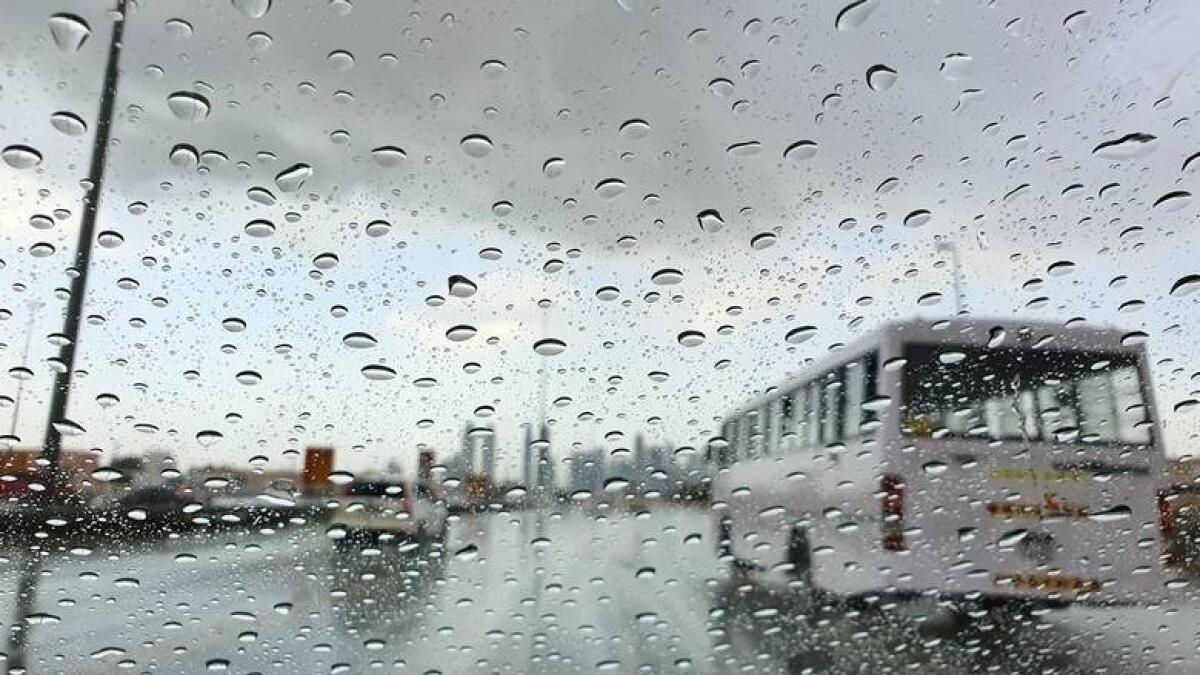As the UAE prepares for challenging weather conditions once again, certain parts of the country have been placed under a yellow alert.
Additionally, strong winds are expected to impact the east coast, with speeds reaching up to 40kmph.
The National Emergency Crisis and Disaster Management Authority (NCEMA) has conducted a series of meetings with the Joint Weather and Tropical Assessment Team, which included representatives from the Ministry of Interior, the National Centre of Meteorology, and other relevant government agencies, to address the impending weather situation.
Stay up to date with the latest news. Follow KT on WhatsApp Channels.
The authority has reiterated the nation’s readiness to handle the upcoming weather conditions and affirmed that all relevant agencies are prepared to tackle the anticipated weather fluctuations by implementing proactive measures.
Will the intensity of rainfall be the same as April 16?
An expert from the National Centre of Meteorology (NCM) earlier told Khaleej Times that although the UAE is gearing up for challenging weather conditions starting Wednesday, it is not expected to be the same as the rainfall experienced on April 16.
What can we expect in the upcoming days?
May 2-3 is identified as the ‘peak’ of the situation. This is the NCM’s forecast:
Tuesday and Wednesday: Local rain-bearing cumulus clouds during the day, with a possibility of “small-sized” hail in the eastern regions, extending to some inland and western areas.
Wednesday night till Thursday: Moderate to heavy rains in different areas, with lightning and thunder at times. Hail likely in the western regions, the coasts, and some eastern regions.
When will the unstable weather ease?
Over Friday and Saturday, the cloud amounts will decrease with chances of light to moderate rains, “which may be heavy in some southern and eastern areas”.
Which are the areas that received rainfall on Tuesday?
Residents of the UAE, especially those residing in the eastern and northern areas of Ras Al Khaimah and Fujairah, are advised to exercise additional caution when venturing outdoors.
Abu Dhabi experienced light to moderate rainfall in Mshayrif, Al Khatim, Al Shawamekh, and Al Bahyah areas, while the Al Dhafra region saw moderate to heavy rainfall.
In Ras Al Khaimah, Shawka – Wadi Al Ejeili and Wadi Tuwa received light rainfall.
Sharjah witnessed rainfall in Taraif-Kalba, while in Ajman, the Masfout area recorded light rain. Additionally, in Fujairah, Al Hayl and Wadi Mai received light rainfall.
Which are the areas that will be affected?
According to forecasts from the Met Department, the inclement weather is expected to begin from the west by Wednesday night, extending over most areas of the country on Thursday, and centred over western, coastal, and some eastern regions.
Temperatures are also expected to decrease significantly. The influence will also stretch eastward from Abu Dhabi due to local factors.
What are the factors responsible for unstable weather condition?
Apart from internal factors influencing the weather condition, experts at NCM have pointed out that that the country will be impacted by an extension of surface low pressure from the Red Sea, accompanied by humid south-easterly winds.
Habib explained that consequently, clouds will migrate from Saudi Arabia toward the UAE, commencing unstable weather conditions ‘late Wednesday night’.
Read the full article here











